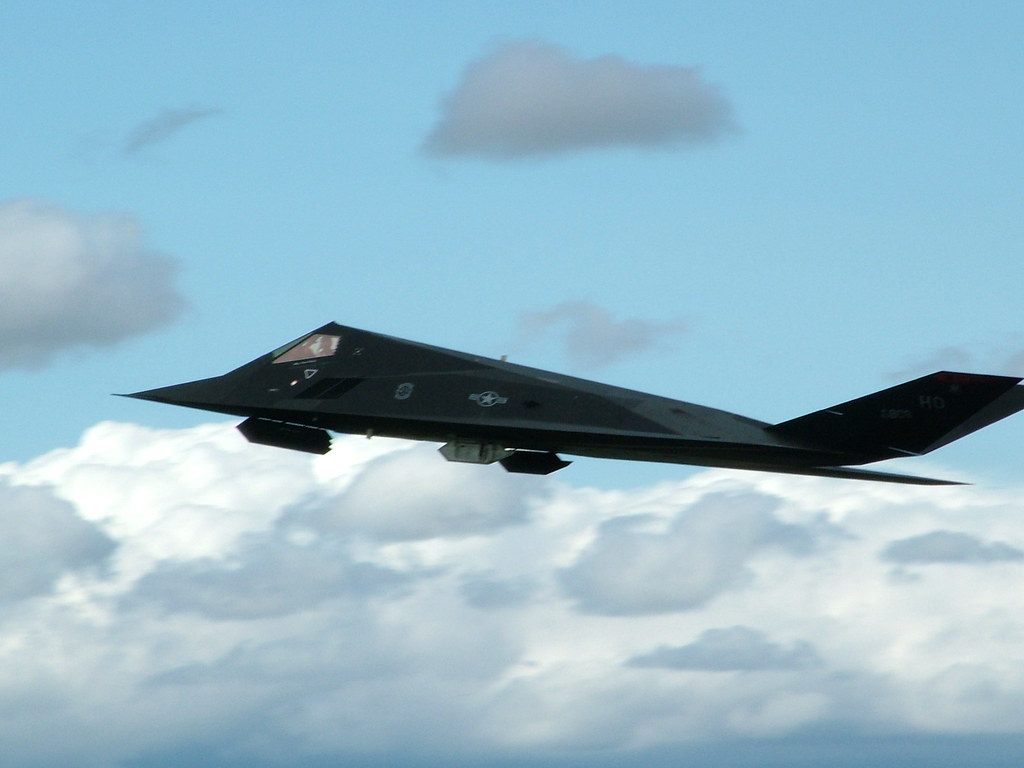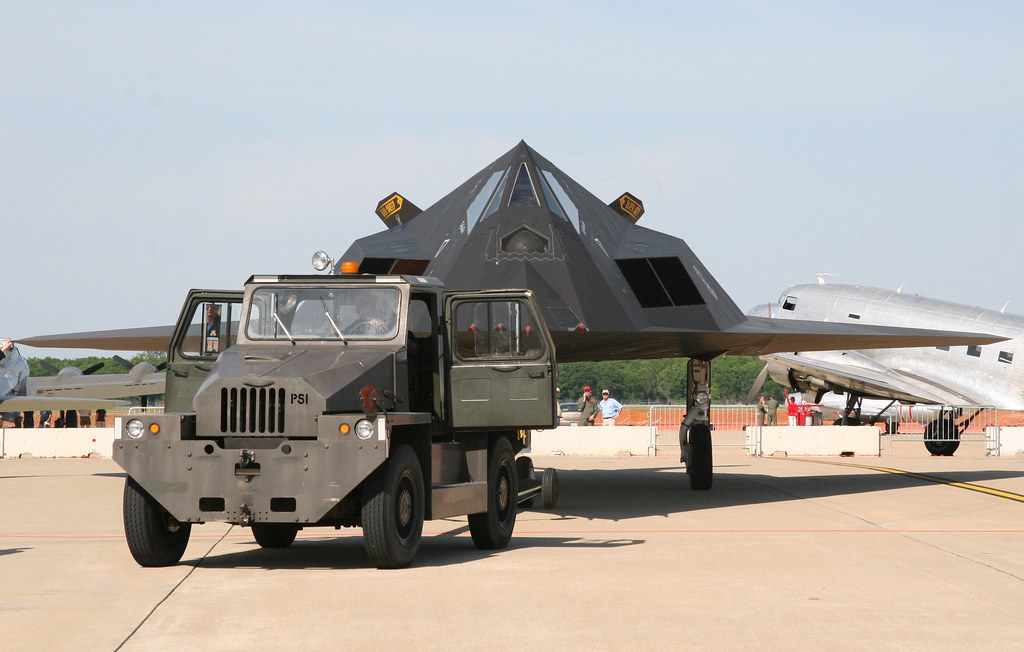
In the evolving landscape of global power dynamics, the return to great power competition necessitates a revisitation of the technologies that once revolutionized military strategy and may yet define future conflicts.

One such technological marvel, the F-117 Nighthawk, America’s pioneering stealth aircraft, carved a significant niche in the annals of aviation history.

Despite its retirement from active duty in 2008, the F-117’s legacy endures, marked by a blend of achievement and cautionary tales in military technology.

Emerging in the 1980s, the Nighthawk represented a bold step into the era of stealth, designed to elude Soviet radar systems with its unique, angular shape and radar-absorbent materials.

Lockheed Martin’s Skunk Works, in their characteristic clandestine approach, engineered this aircraft that would shape the future of covert operations.

It was the Nighthawk’s ability to minimize radar detection, rather than raw speed, that made it a strategic asset. With the capability to carry both conventional and nuclear munitions, the F-117 executed missions across Panama, Iraq, Yugoslavia, and Afghanistan, demonstrating the tactical advantages of stealth technology.

However, stealth does not equate to invisibility. This was starkly illuminated on March 27, 1999, when the Serbian air defenses, on high alert, deployed two S-125 Neva/Pechora missiles against a flight of NATO aircraft.

Among them was an F-117, call sign “Vega 31,” piloted by Lt. Colonel Dale Zelko. The aircraft was struck, a sobering reminder of stealth technology’s limitations and the enduring challenge of anti-aircraft systems.

The incident underscored an essential lesson: While stealth greatly reduces an aircraft’s radar signature, it is not a panacea for aerial threats.

As described by the Serbian soldiers led by Colonel Zoltan Dani, the strategic firing of the missiles resulted in the downing of “Vega 31” – a testament to the persistent ingenuity of defense tactics.

In the broader discourse of military strategy, the Nighthawk symbolizes both the relentless pursuit of technological advancement and the necessity of adaptability.

It is a tale of innovation, where the F-117 played a crucial role in the Gulf War, yet also a reminder that technology alone does not guarantee invincibility on the battlefield.

The legacy of the F-117 continues to inspire and inform today’s military tacticians. As the world witnesses a resurgence in large-scale conventional warfare, the lessons learned from the Nighthawk’s history are invaluable.

The aircraft’s story, from its inception to its retirement, and beyond, serves as a cornerstone for understanding the intricate dance between technological prowess and strategic acumen.

While the F-117 Nighthawk no longer dominates the skies, its contributions to stealth technology and military aviation remain seminal. It stands as a symbol of a time when the quest to render warplanes undetectable led to a technological breakthrough that forever altered the landscape of aerial combat and defense.
Relevant articles:
– The F-117 Nighthawk Proved Stealth Doesn’t Mean Invisible, The National Interest
– F-117 Nighthawk, lockheedmartin.com
– 117 Nighthawk: The Emergence of Stealth Technology, The Armory Life
– F-117 Nighthawk: America’s First ‘Invisible’ Stealth Jet, SlashGear

